I have recently been working on the history of a family estate in London, which includes a number of lovely streets in South Kensington, including Hereford Square along Gloucester Road. And, it was while researching the history of one house in Hereford Square that I uncovered a fascinating collection of former residents – including one man suspected as being Jack the Ripper!
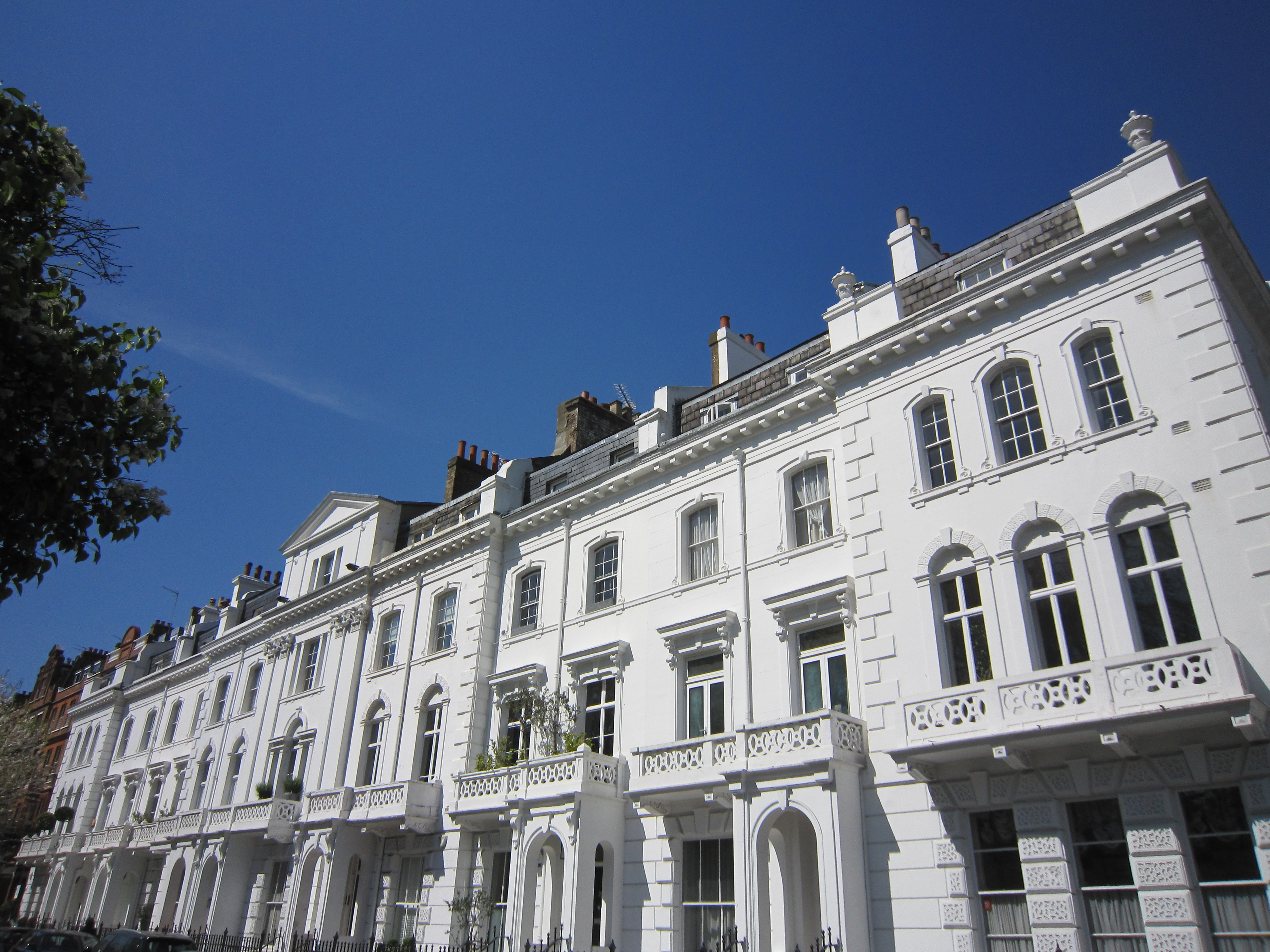
Hereford Square was built over the gardens of a large country house during the late 1840s with almost all the new houses occupied with residents at the time of the 1851 census.
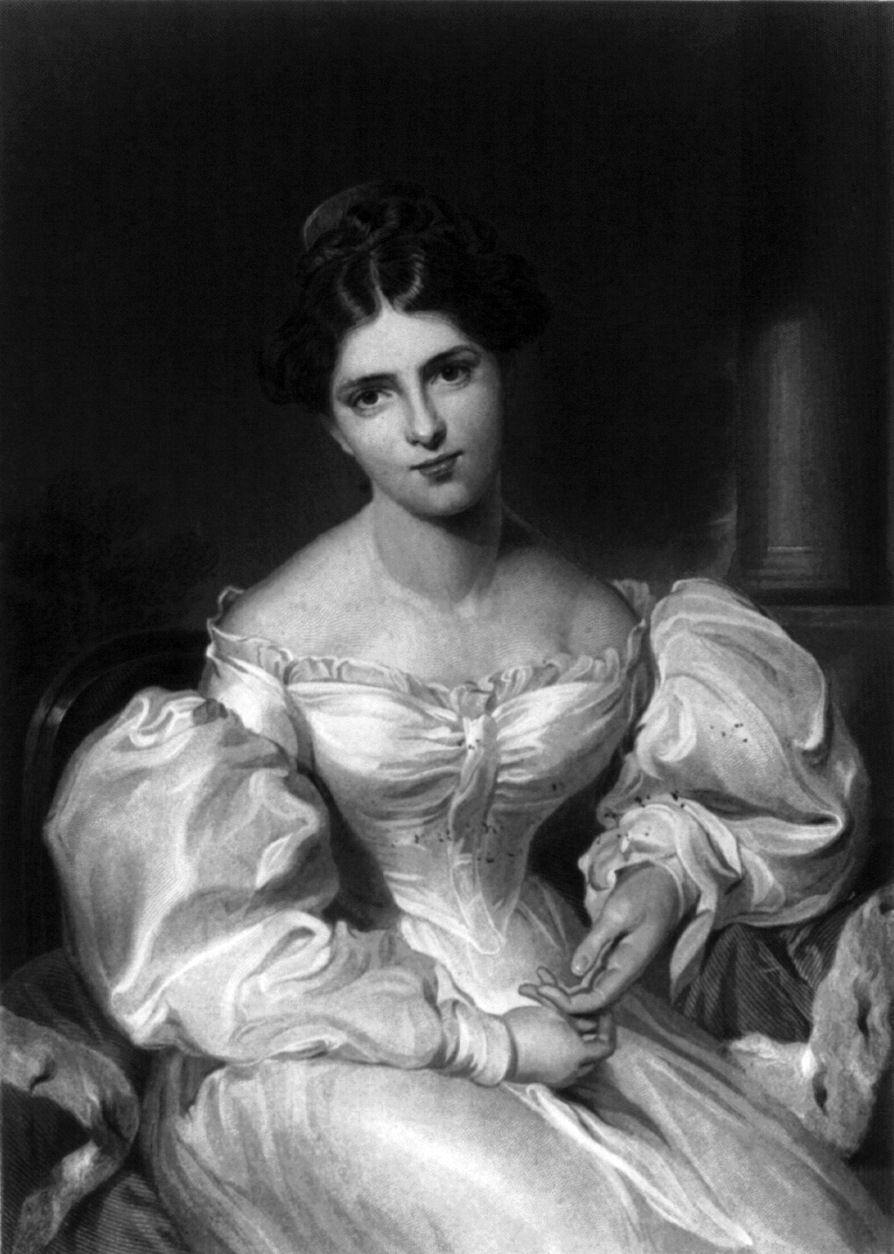
During the mid 19th century Hereford Square was home to a number of renowned residents, including artists, politicians, and clergymen, and during the 1880s the renowned actress Fanny Kemble was living at No.26.
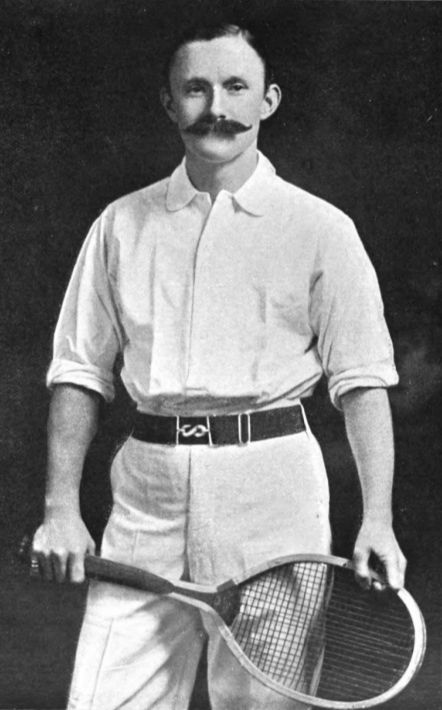
Later, No.12 was the home of Arthur Gore, three times Wimbledon singles champion and two times gold medal-winning tennis player.
However, it was during the 1890s that No.10 Hereford Square became the home of Jane Cobden, the daughter of reformer and radical politician, Richard Cobden, an MP most remembered for his opinions on Free Trade.
Emma ‘Jane’ Cobden followed in her father’s footsteps and took an active role in politics, particularly the women’s suffrage movement. However, she chose not to engage in militant activities (unlike her sister Anne who was imprisoned in 1906), but succeeded in being one of the first women, alongside Lady Sandhurst, elected to the first London County Council in 1889.
At the time of the 1891 census, Jane Cobden was recorded in Hereford Square as ‘Member of County Council’ and at the same time was living with her sister Ellen and her husband, artist Walter Sickert.
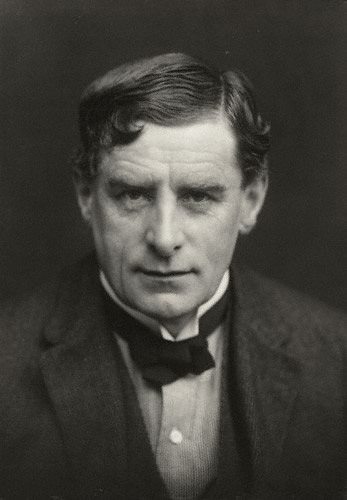
Sickert was a pupil of James McNeil Whistler’s and much inspired by Edgar Degas. He became a prominent artist during the early 20th century and co-founded the Camden Town Group of artists, and went on to have a prolific career with many of his works held in galleries across the country, including the Tate Collection.
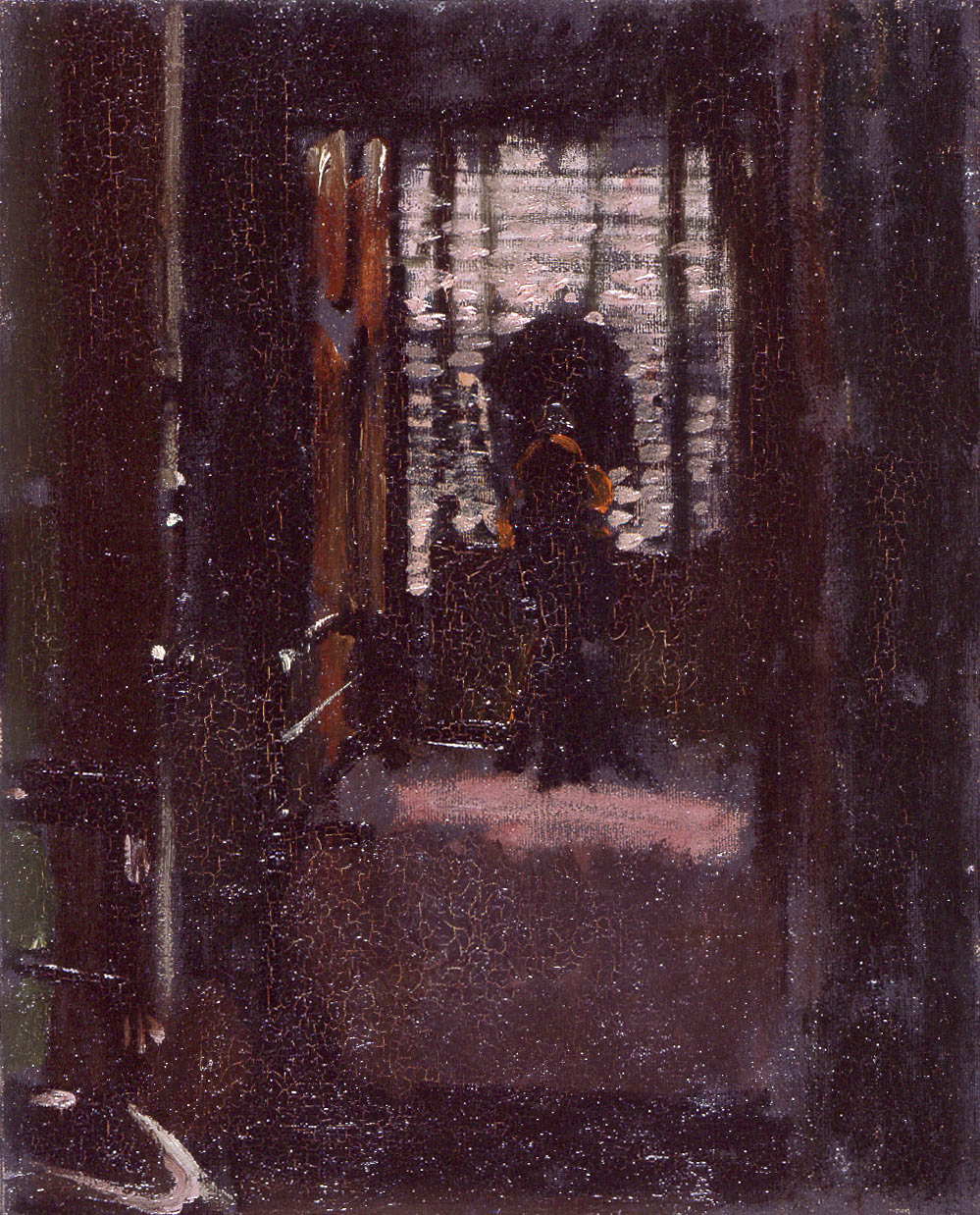
However, controversy has surrounded Sickert since his death as he has been suspected as being the notorious murderer Jack the Ripper, who wreaked havoc on the streets of East London in 1888. Sickert was interested in the crimes of The Ripper, and it is believed he even lodged in a room thought to have been used by the murderer, and he later created a painting of the room called ‘Jack the Ripper’s Bedroom’ (now in Manchester Art Gallery).
It was many years later, during the 1970s, that the first hint of Sickert being involved or actually even being Jack the Ripper first surfaced. Since that time a number of books have been published claiming Sickert as The Ripper, including celebrated crime novelist, Patricia Cornwall, who is convinced it was Sickert and published her findings in Portrait of a Killer – Jack the Ripper Case Closed, in 2002. However, many others have refuted the claims as completely false.
Curiously, nearby pub ‘The Hereford Arms’ states in its history that it was “the reputed drinking haunt of Jack the Ripper, but this has never been confirmed as his identity has never been established!” It is interesting to note that Walter Sickert was living just across the road in Hereford Square at the time!
The history of No.10 Hereford Square also featured in my latest column ‘A Place in History’ for The London Magazine. For more stories featuring the history of London houses you can check out the magazine each month or visit the website – including No.11 Chesterfield Hill in Mayfair :-)

